The Cleveland Museum of Art announces seminal publication on Chinese painting collection
Streams and Mountains Without End, 1100–1150. China, late Northern Song dynasty (960–1127) to the Jin dynasty (1115–1234). Handscroll, ink and slight color on silk; 35.1 x 1,103.8 cm. Gift of the Hanna Fund 1953.126.
CLEVELAND, OH.- The Cleveland Museum of Art’s collection of Chinese art is one of the most distinguished in the West, representing the highest level of Chinese artistic accomplishment. A new publication, Silent Poetry: Chinese Paintings from the Collection of the Cleveland Museum of Art offers a comprehensive look at the museum’s exceptional collection of Chinese paintings. To celebrate this publication, the museum is presenting a focused exhibition of the same title, open now through April 24, 2016 in the Julia and Larry Pollock Focus Gallery.
Streams and Mountains Without End (detail), 1100–1150. China, late Northern Song dynasty (960–1127) to the Jin dynasty (1115–1234). Handscroll, ink and slight color on silk; 35.1 x 1,103.8 cm. Gift of the Hanna Fund 1953.126.
Over 500 pages, Silent Poetry: Chinese Paintings from the Collection of the Cleveland Museum of Art offers a thorough study of more than 100 selected works with 400 color illustrations. Renowned scholars Ju Hsi Chou and Anita Chung, who have overseen the museum’s Chinese art collection for almost two decades, contribute new scholarship based on the examination of works using digital technology as a supplement to traditional analyses of style, text, context and artistic technique. Silent Poetry, an authoritative reference for students, scholars and collectors, represents the most up-to-date research on the museum’s outstanding collection of paintings and encourages new directions in the study of Chinese art.
Barbarian Royalty Worshipping Buddha (detail), 900s. Attributed to Zhao Guangfu (Chinese). Handscroll, ink and color on silk; 28.6 x 103.5 cm. Gift of Severance and Greta Millikin 1957.358.
“The Cleveland Museum of Art’s Chinese painting collection comprises many superb works that occupy a critical place in Chinese art history,” said William Griswold, director of the Cleveland Museum of Art. “Silent Poetry, both the book and the exhibition, celebrate these astounding masterworks, illuminating topics that range from the grand conception of the cosmic order in a monumental Song dynasty landscape to the intimate visions of literati paintings, from the representations of the natural and human world to the free imaginings of the mythical and religious realms, and from the pursuit of antiquity to the selective borrowing of foreign styles. The authors of the publication offer fascinating insights into a venerable Chinese art tradition marked by diversity and transformation.”
River and Mountains on a Clear Autumn Day (detail), c. 1624–27. Dong Qichang (Chinese, 1555–1636). Handscroll, ink on Korean paper; 38.4 x 136.8 cm. Purchase from the J. H. Wade Fund 1959.46.
The companion exhibition, Silent Poetry: Chinese Paintings from the Collection of the Cleveland Museum of Art features ten masterworks of Chinese art, spanning the Song to the Qing dynasties and showcasing diverse subjects and styles. Several iconic works are on display, such as Portraits of Emperor Qianlong, the Empress, and Eleven Imperial Consorts. This is perhaps the best-known work in the museum’s Chinese paintings collection and was created over several decades, and altered according to the emperor’s whims. The first three portraits, beginning with the emperor, his wife, and first concubine, were painted by the Italian Jesuit missionary and artist Giuseppe Castiglione, and the following seven portraits of the emperor’s younger concubines were most likely done by Chinese court painters inspired by Castiglione’s style. The last three portraits were painted in the 1770s after Castiglione’s death, and are done in purely Chinese style. Another important work, Streams and Mountains without End is a monumental landscape acquired in 1953 by Sherman E. Lee, a former Cleveland museum director who collected major works for the Chinese collection. This painting expresses a cosmic order in which humans exist in harmony with nature. Streams and Mountains without End is painted on a single piece of silk in five sections, followed by nine calligraphy portions added over four centuries by officials, scholars and writers.
Three Horses and Four Grooms (detail), c. 1320s. Ren Renfa (Chinese, 1254–1328). Handscroll, ink and color on silk; 29.2 x 136.8 cm. Leonard C. Hanna Jr. Fund 1960.181.
These fragile works are light-sensitive, and are rarely on display. The exhibition provides an exceptional opportunity for visitors to enjoy these rare masterworks all at once for the first time in the history of the museum.
The book, Silent Poetry: Chinese Paintings from the Collection of the Cleveland Museum of Art is $125 and may be purchased at the Cleveland Museum of Art store.
Old Pine Tree (detail), late 1530s. Wen Zhengming (Chinese, 1470–1559). Handscroll, ink on paper; 27.3 x 138.8 cm. Andrew R. and Martha Holden Jennings Fund 1964.43.
Portraits of Emperor Qianlong, the Empress, and Eleven Imperial Consorts (detail), 1700s. Giuseppe Castiglione (Italian, 1688–1766), and others (Chinese). Handscroll, ink and color on silk; 53.8 x 1,154.5 cm. John L. Severance Fund 1969.31.
Portraits of Emperor Qianlong, the Empress, and Eleven Imperial Consorts (detail), 1700s. Giuseppe Castiglione (Italian, 1688–1766), and others (Chinese). Handscroll, ink and color on silk; 53.8 x 1,154.5 cm. John L. Severance Fund 1969.31.
Portraits of Emperor Qianlong, the Empress, and Eleven Imperial Consorts (detail), 1700s. Giuseppe Castiglione (Italian, 1688–1766), and others (Chinese). Handscroll, ink and color on silk; 53.8 x 1,154.5 cm. John L. Severance Fund 1969.31.
The Five Hundred Arhats (Disciples of Buddha) (detail), 1591–1626. Wu Bin (Chinese). Handscroll, ink and color on paper; 37.7 x 2,345.2 cm. John L. Severance Fund 1971.16.

/https%3A%2F%2Fprofilepics.canalblog.com%2Fprofilepics%2F1%2F0%2F100183.jpg)
/https%3A%2F%2Fstorage.canalblog.com%2F03%2F02%2F119589%2F96711876_o.jpg)
/https%3A%2F%2Fstorage.canalblog.com%2F11%2F31%2F119589%2F94773502_o.jpg)
/https%3A%2F%2Fstorage.canalblog.com%2F20%2F83%2F119589%2F94772815_o.jpg)
/https%3A%2F%2Fstorage.canalblog.com%2F26%2F72%2F119589%2F75604929_o.jpg)
/https%3A%2F%2Fstorage.canalblog.com%2F59%2F60%2F119589%2F26458628_o.jpg)

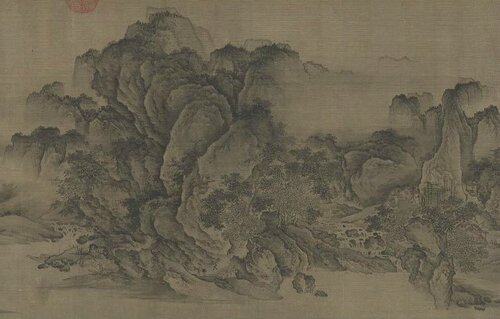
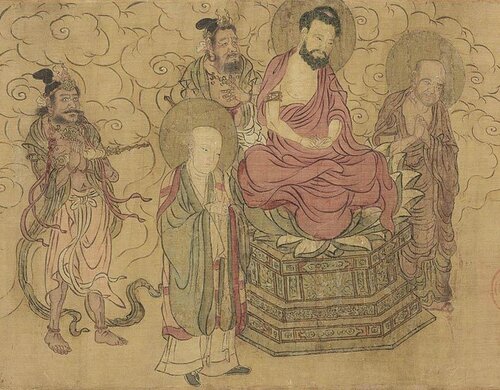

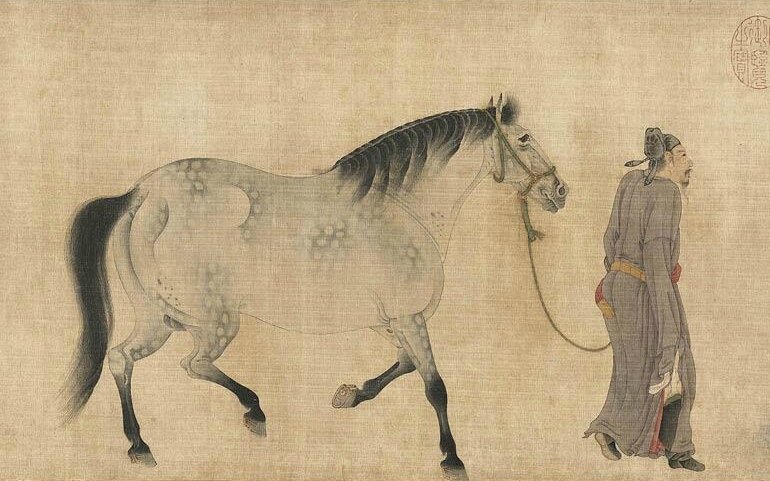
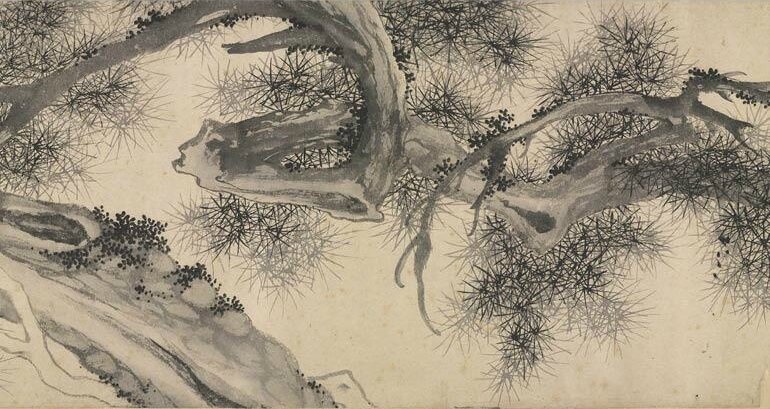


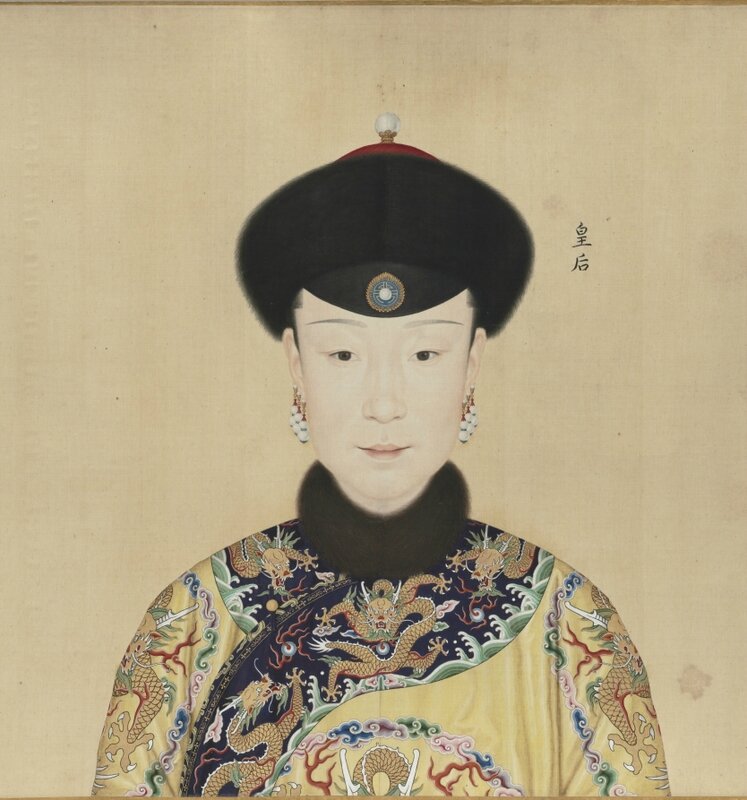



/image%2F1371349%2F20240418%2Fob_ac5c4c_telechargement.jpg)
/image%2F1371349%2F20240418%2Fob_709b64_304-1.jpg)
/image%2F1371349%2F20240418%2Fob_22f67e_303-1.jpg)
/image%2F1371349%2F20240417%2Fob_9708e8_telechargement.jpg)